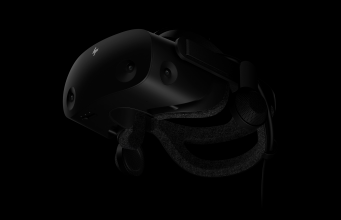
HP today announced its Reverb G2 headset, bringing with it a wishlist of improvements to the WMR product ecosystem. With leading visual clarity, high quality off-ear headphones, improved tracking, and new controllers, there’s a lot to look forward to. The headset is available for pre-order starting today at $600 and is set to launch this Fall.
HP launched the original Reverb headset back in May, 2019; now just a year later the company is revealing its successor, the Reverb G2.
From the upgrades and improvements, it seems quite clear that HP has been listening carefully to feedback from users of the original Reverb and other WMR headsets at large. Reverb G2 is shaping up to be the next generation of Windows VR headsets.
Four Camera Tracking for the First Time on WMR
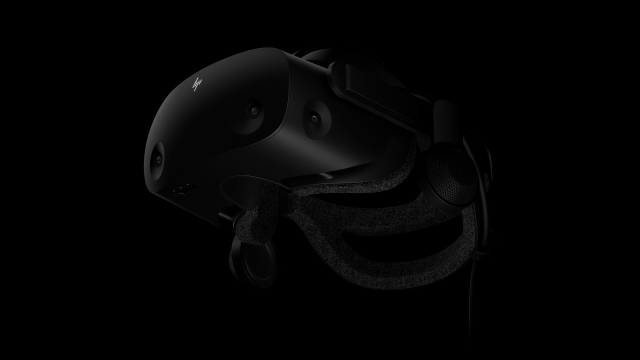
Windows VR headsets were the first major headsets out of the gate with inside-out tracking back in 2017. While it was impressive for the time, competitors like Oculus have since launched headsets with four or more tracking cameras which offer a much larger tracking volume.
Reverb G2 is the first WMR headset to move from two-camera tracking to four-camera tracking. HP says that the additional cameras offer “1.4x more movement capture” compared to other Windows VR headsets.
New Controllers, Compatible with All WMR Headsets
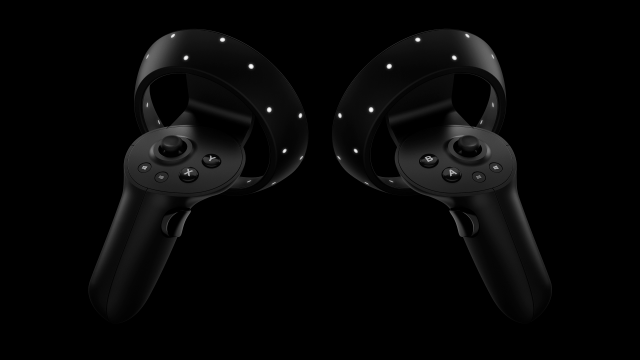
Reverb G2 will also be the first Windows VR headset to offer a substantial controller redesign. While Samsung made slightly more ergonomic versions of the original Windows VR controllers for its Odyssey headsets, HP is bringing significant changes to the shape and input layout.
The original WMR controllers had both a thumbstick, trackpad, and one application button on the face. That was accompanied by an analog trigger and a grip button.
The Reverb G2 controllers—which appear unabashedly shaped like Oculus’ Touch controllers—offer a much closer input layout to other modern VR controllers: a thumbstick, two face buttons, an application button, an analog trigger and a grip trigger. There’s also the ‘Windows’ button for core WMR functionality.
What’s more, HP says that the G2 controllers are backwards compatible with other Windows VR headsets, which means that WMR users who are happy with their current headset will have an option to upgrade their controllers. HP says it plans to sell the G2 controllers separately from the headset for this purpose, but that may not happen until sometime after the launch of the headset, and pricing for the controllers alone has not been announced.
Impressive New Display & Optics
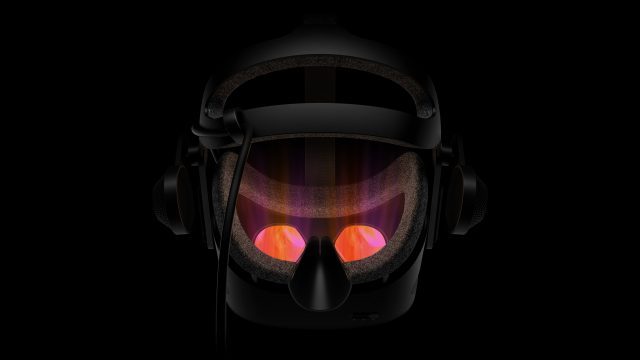
In the display department, Reverb G2 technically has the same resolution as the original Reverb (2,160 × 2,160 per-eye), but it’s an all new display which brings some key improvements over the original. HP says it has better contrast, brightness, and lower persistence.
Combined with new lenses—which HP says Valve helped design and calibrate—Reverb G2 has incredible clarity; easily the best among consumer VR headsets. Check out our exclusive hands-on with G2 for more on the headset’s impressive visuals.
Part of why Reverb is leading the pack in clarity is because its displays are not just higher resolution but also smaller than some other headsets, making the pixels per degree higher than if they were spread over a larger field of view. HP says Reverb G2 maintains the same 114-degree field of view as the original Reverb (which we’ve found to be comparable in FOV to Oculus’ headsets).
New Off-ear Headphones, Courtesy Valve
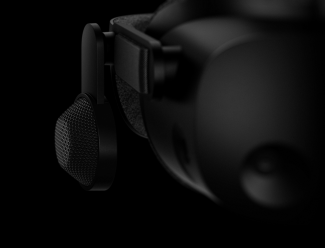
HP makes no secret that it has worked directly with Valve on Reverb G2, and that’s meant adopting Index’s impressive ‘off-ear’ headphones.
The original Reverb headphones gave us nothing to complain about, and were quite a bit better than the default audio in Oculus’ latest generation of headsets. Even so, G2 is bringing upgraded headphones to the table.
HP tells us that these are the exact same amp and drivers that have made Index the audio king among VR headsets. The G2 headphones also adopt the smart ‘off-ear’ mounting approach which we’ve found on Index to be more comfortable and even more immersive than ‘on-ear’ headphones.
Ergonomic Improvements & IPD Adjustment
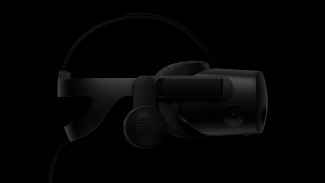
Also pulling a few pages from Valve’s playbook, Reverb G2 has a redesigned head-mount shape, improved padding, and a magnetically attached face-gasket.
The circle design on the rear of the original Reverb has been eschewed in favor of a wider oval which the company says is better shaped to the head. The new padding is notably thicker and wider, better distributing pressure around the eyes and back of the head.
While G2 is borrowing some ergonomic notes from Index, HP’s new headset will retain the side-strap approach for fitting and tightening the headset rather than a tightening dial which has become popular on recent headsets.
G2 thankfully also adds a physical IPD adjustment which allows users to change the distance between the lenses from 60mm to 68mm. This is an important feature for allowing users to get their eyes aligned with the ‘sweet spot’ of the lens.
The headset’s display housing can also rotate 90 degrees relative to its head-mount. This isn’t the ‘flip-up’ function offered by some other headsets, but it adds more flexibility when putting on the headset.
Reverb G2 also brings a lengthy 19.5 foot (6m) cable which is thinner and lighter than the somewhat bulky tether on the original Reverb. The cable connects to PCs via DisplayPort and USB-C; if the USB-C port can’t provide adequate power, an included power adapter can be connected to the tether. HP also noted that the new cable has been redesigned to eliminate the display issues that plagued early models of the original Reverb.
HP Reverb G2 Price, Pre-order, and Release Date
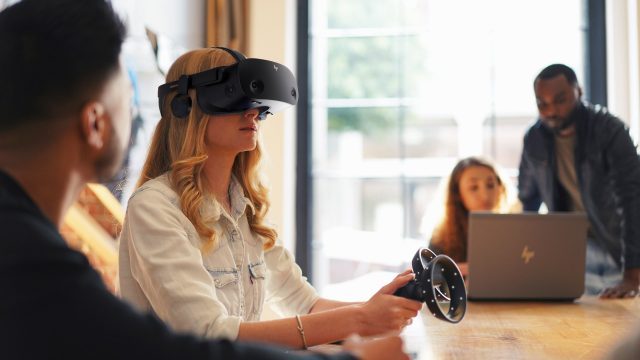
HP has priced Reverb G2 at $600, the same as the consumer version of the original Reverb. The headset’s release date is planned for Fall 2020.
The company is taking pre-orders for G2 in the United States starting today at HP.com, Steam, and “select channel partners.” The company says pre-orders for other “select countries” are expected to open between mid-June and July.
HP Reverb G2 Specs
- Platform: WMR (with SteamVR compatibility)
- Resolution: 2,160 × 2,160 LCD per-eye @ 90Hz
- Field-of-View: 114°
- Tracking: Inside-out, four cameras
- Weight: 1.21 pounds (0.55kg)
- Cable Length: 19.5 feet (6m)
- Connector: DisplayPort, USB-C, power adapter (optional) [DisplayPort to mini-DisplayPort adapter included]
- Controllers: Removable batteries, 2x AA (included)
The post HP Reveals Reverb G2, Next-gen WMR with Sweeping Improvements and an Attractive Price appeared first on Road to VR.
from Road to VR https://ift.tt/3cbR3ws
via IFTTT
No comments:
Post a Comment